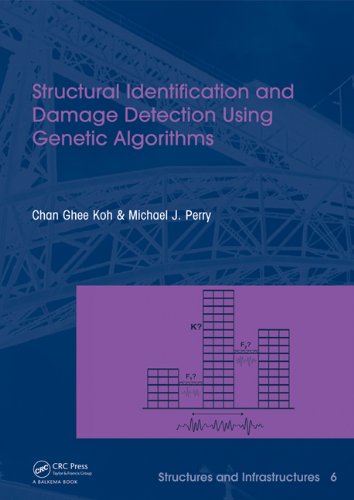

Most ebook files are in PDF format, so you can easily read them using various software such as Foxit Reader or directly on the Google Chrome browser.
Some ebook files are released by publishers in other formats such as .awz, .mobi, .epub, .fb2, etc. You may need to install specific software to read these formats on mobile/PC, such as Calibre.
Please read the tutorial at this link. https://ebooknice.com/page/post?id=faq
We offer FREE conversion to the popular formats you request; however, this may take some time. Therefore, right after payment, please email us, and we will try to provide the service as quickly as possible.
For some exceptional file formats or broken links (if any), please refrain from opening any disputes. Instead, email us first, and we will try to assist within a maximum of 6 hours.
EbookNice Team

Status:
Available4.4
14 reviewsRapid advances in computational methods and computer capabilities have led to a new generation of structural identification strategies. Robust and efficient methods have successfully been developed on the basis of genetic algorithms (GA). This volume presents the development of a novel GA-based identification strategy that contains several advantageous features compared to previous methods. Focusing on structural identification problems with limited and noise contaminated measurements; it provides insight into the effects of various identification parameters on the identification accuracy for systems with known mass. It then proposes a generalization for systems with unknown mass, stiffness and damping properties. The GA identification strategy is subsequently extended for structural damage detection. The findings of the output-only strategy and substructural identification represent a great leap forward from the practical point of view. This book is intended for researchers, engineers and graduate students in structural and mechanical engineering, particularly for those interested in model calibration, parameter estimation and damage detection of structural and mechanical systems using the state-of-the-art GA methodology.